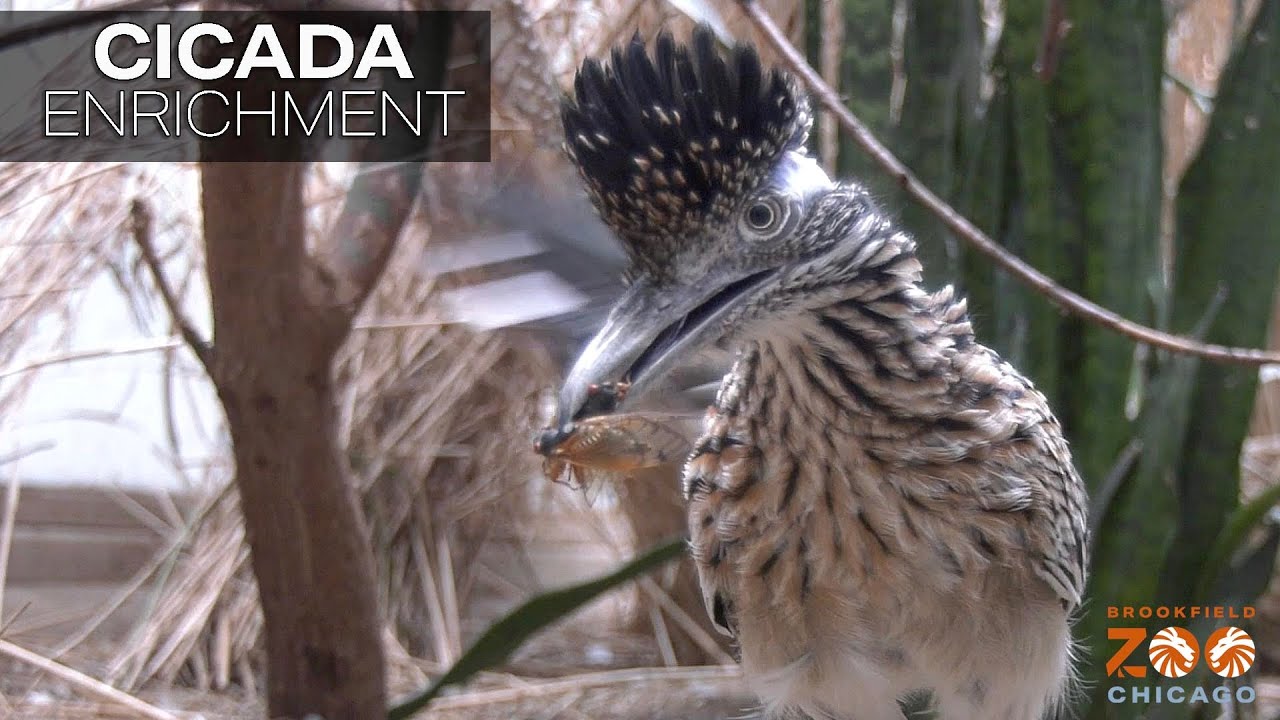- The science of cicada enrichment in captivity
- Understanding cicada life cycles and behaviors for effective enrichment
- The role of cicada enrichment in education and conservation efforts
- Strategies for replicating natural habitats and promoting cicada well-being
- Measuring the success and impacts of enrichment on cicada populations
Cicadas are a group of insects best known for their synchronized life cycles and the cacophonous choruses of the males. As enchanting as they are to entomologists and nature enthusiasts, cicadas are also subjects of study in captive environments, where they are conserved and researched. Cicada enrichment, a process designed to enhance the quality of life for these insects in captivity by providing them with stimuli similar to their natural environments, is becoming increasingly essential in zoological, educational, and conservation settings.
Enrichment for any captive animal is vital as it promotes natural behaviors, reduces stress, and improves overall well-being. In the case of cicadas, it can also serve as an educational tool that brings the fascinating world of these insects closer to the public. With a focus that lies firmly on enhancing cicada welfare, enrichment strategies are at the forefront of aiding in the long-term sustainability of captive populations.
A deep dive into cicada biology reveals the necessity of creating an environment that closely mimics their natural life cycle, which is truly extraordinary. Most cicadas live underground as nymphs for several years—some species up to 17 years—before emerging en masse to metamorphose into adults. This period underground is a critical phase, during which nymphs feed on the sap from plant roots. Providing a similar diet and substrate for nymphs to burrow in captivity is crucial to simulate this developmental stage.
Once above ground as adults, cicadas spend their brief adult lives primarily focused on reproduction. Males produce loud calls to attract females, and following mating, females lay eggs in plant tissue. Catering to these behaviors in captivity involves auditory and physical stimuli. For instance, recorded or synthesized cicada calls can trigger natural mating behaviors in males. At the same time, a range of suitable host plants for oviposition ensures that females can lay their eggs as they would in the wild.
Education and conservation programs leverage cicada enrichment to engage the public with these insects. Displaying cicadas in environments that show their natural behaviors encourages appreciation and a deeper understanding of their ecological roles. This understanding fosters support for conservation efforts, especially for cicada species facing habitat loss or other threats.
In addition, cicada enrichment dovetails with conservation goals. Establishing captive breeding programs for endangered species necessitates an environment that encourages natural breeding behaviors, which in turn helps maintain genetic diversity and healthy population numbers. Data collected on cicadas in enriched, captive environments can inform strategies for habitat management and restoration projects in the wild.
To ensure the effectiveness of cicada enrichment, it’s vital to replicate natural conditions as closely as possible. This includes controlled temperature settings to simulate seasonal changes and the provision of a variety of plant species native to the cicadas’ natural habitats. Such measures not only encourage natural behaviors but also have the potential to improve cicada survival rates and breeding success.
The success of these enrichment programs is typically measured through direct observation of cicada behaviors, health assessments, and reproductive outcomes. Researchers analyze behavior patterns, such as mating calls and egg-laying frequency, to determine whether enrichment strategies meet the cicadas’ biological needs. Health assessments can also include monitoring for signs of stress or illness, which could indicate shortcomings in the enrichment environment.
Finally, it’s important to continuously adapt and refine enrichment methods to respond to the cicadas’ behaviors and needs. Through diligent observation and ongoing research, zoologists and conservationists can perfect these techniques to provide the best care for these captivating insects.
In crafting an environment conducive to the well-being of captive cicadas, it’s about more than replicating their natural habitat. It takes a creative application of scientific knowledge, a deep understanding of the species under care, and a commitment to their conservation. Cicada enrichment, when done correctly, serves not only the immediate needs of these insects but also the broader goals of wildlife preservation and public outreach within zoological and environmental management fields. This proactive approach to cicada care in captivity contributes significantly to preserving both their species and the ecosystems they inhabit, ensuring that the enriching song of the cicada continues to resonate through generations to come.
*****
Source Description
The Northern Illinois Brood of cicadas have begun to emerge in the Chicagoland area and the animals at Brookfield Zoo Chicago are experiencing the insects for the first time in 17 years. The cicadas coming to the surface in the outdoor habitats may become tasty snacks for some of the animals, including African painted dogs, sloth bears, and brown bears. Animal care staff are also sharing the protein-rich and low-in-fat insects with many of the indoor animals.
At the Zoo’s Tropic World: South America habitat, the cotton-top tamarins and squirrel monkeys seemed to thoroughly enjoy the enriching treat today. Also seeming to like the nutritious arthropods were the Zoo’s roadrunner, meerkats, and mongoose.
“Many of our animals have evolved to eating insects as their primary protein source,” said Dr. Sathya Chinnadurai, senior vice president of animal health, welfare, and science at Brookfield Zoo Chicago. “Like crickets and meal worms, cicadas are a good source of digestible protein for our small mammals, some primates, and many birds and reptiles. Just like with every food item, insects should be consumed as part of a balanced and well-formulated diet. Too much of any good thing can cause an upset stomach, so for our small insectivorous animals, a set amount of insects are offered daily. For many of our larger animals, such as wolves and bears, cicadas emerging in their outdoor habitats can be consumed safely and our animal care staff monitors our animals for any signs that they may have over indulged.”
For more information, please visit www.brookfieldzoo.org

